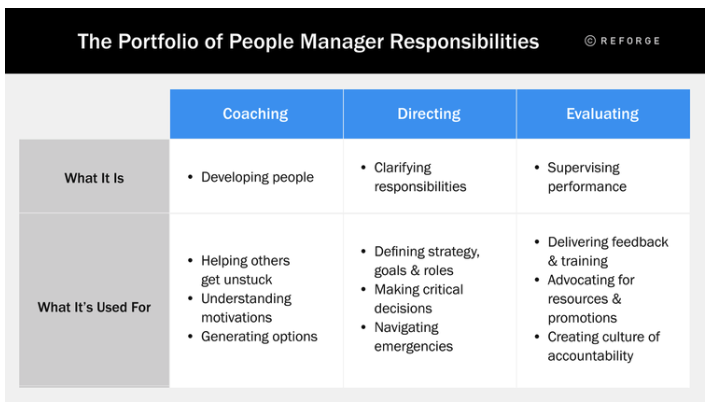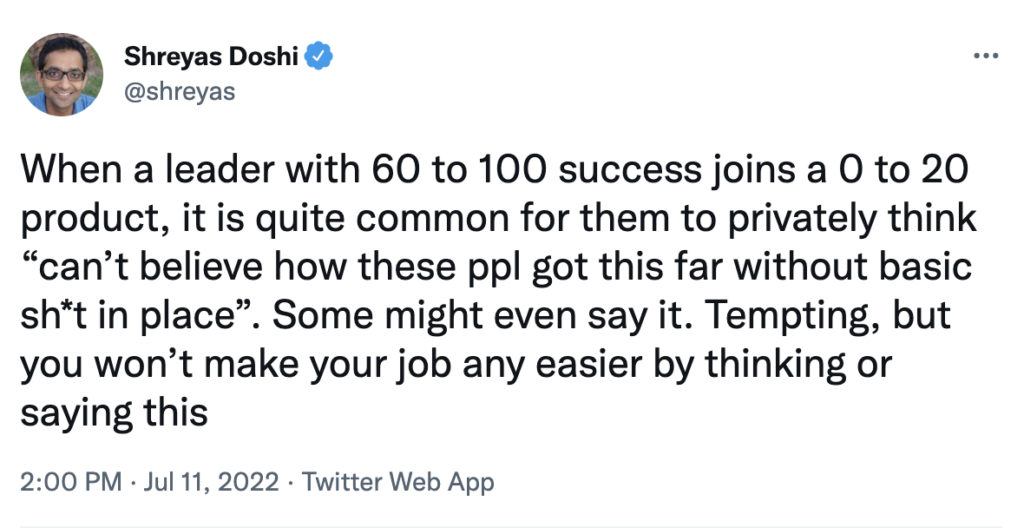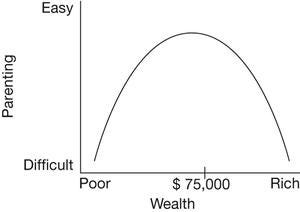I’m a member of a few Project Manager-ish type groups on LinkedIN. Recently, there was a big discussion about how to say No to a client. Some of my favorite answers from the discussion:
Just Don’t Say No
Use data and options to deliver the message instead of outright No to the receiver.
Threaten With Dire Consequence!
I find the best approach is to provide the consequences of saying yes to the person, party, group involved. Then asking them if you say yes which consequence are they willing to accept. If there are none then they will come to the same conclusion as you and they will tell themselves ‘No’.
Of course making sure the consequences are substantial is the key.
Make Jerky Assumptions
Unless it’s a true emergency situation, approaching “NO” as if it were a “YES” can usually deflect the request. Just select one of the following approaches.
1) Sure we can do that, what function(s) would you like us to remove so we can remain on budget and schedule?
2) Sure, I’m sure the senior executive won’t mind that we delay the project just for your request
3) Sure, can you give me your departmental charge code so I can start charging time to it.
You get the point.
By that time they will have figured out that the request could wait.
Agree and Back Out Of It Later
It’s quite difficult to say NO to local client however I always say “I will try”. Afterward I will send email explaining why it cannot be done and explain the impact if we still want to do it. It works most of the time for me
Obfuscate!
Start with the findings.
“The combination of factor after due diligence was done…”
And finish with
“Will regrettably lead us to conclude it is not possible/feasible/advisable/… To do what you require/need and hence our position is to cancel and reassess”
It Wasn’t Me!
I generally find a straightforward “no” accompanied by a brief explanation as to why not appeases most people. There will always be the difficult ones who still find it unacceptable, but I can usually pass the buck upstairs when that happens. These people soon learn that the “no” hasn’t come from me personally, but is an informed and calculated business decision backed by our Management Board.
But this guy nails it. If you’re going to say no, then just do it. Clearly, simply, honestly. Being direct and clear builds so much trust. No hiding, no pretending, just real communication.
“No” is an awesome word. It has HUGE impact when stated bluntly, because so many people actually AVOID using it in favour of long, convoluted explanations!
“No, because…” is a good way of getting the message of “No” across, with an element of softening of the impact of the (negative???) word.
We’re all aware of the emotional impact of being told “No”. So, qualifying the “No” with information that is relevant, focused, and of interest to the receiver, retains a lot of the impact of the “No”, while keeping the emotional response controlled (to a degree!)
I’m a big fan of the word no. Even hearing it.
I appreciate it when a supplier tells me “No”, instead of giving me some long explanation as to why a delivery/activity is not going to come in on time. The emotional response of hearing that long explanation (Frustration? Disappointment?) causes me more grief than the shock of a straight “No”. You can get over a No, and put a plan in place quickly.
Dealing with one of these explanations usually turns into a battle of wits, where you, the customer, is trying to tease a blunt “No” out of the supplier anyway!
I could write about this for days…
Ain’t language great?!? 😉





